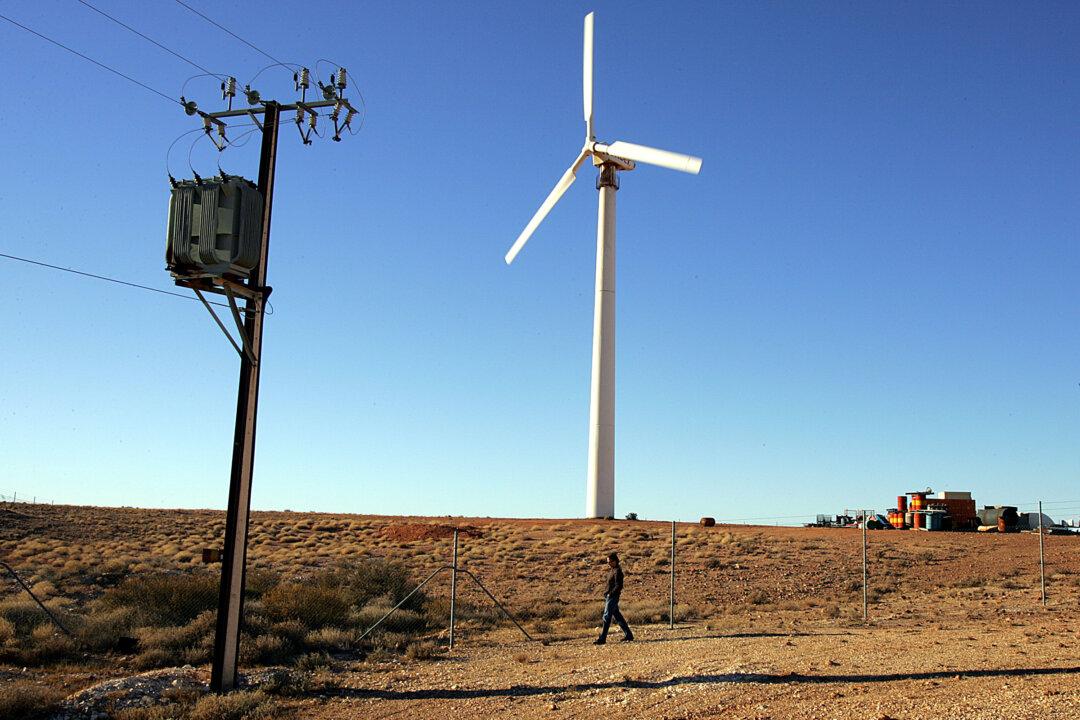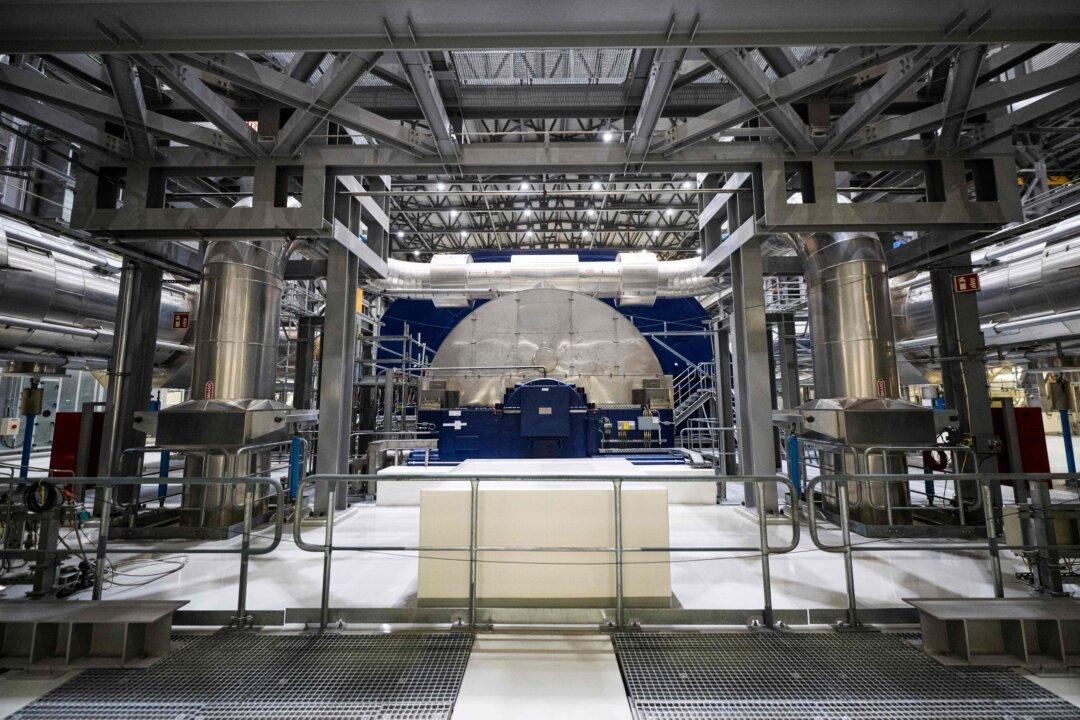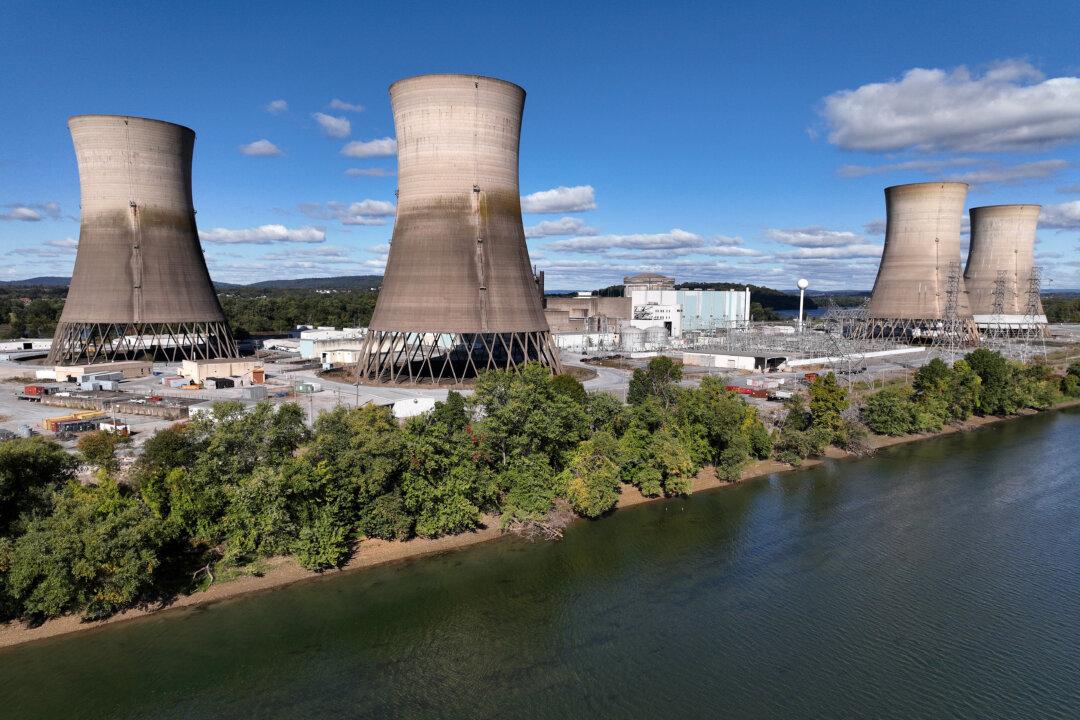The Australian unemployment rate rose slightly to 3.5 percent in August from July’s 48-year-low of 3.4 percent. However, it was still well below the full employment threshold.
While the participation rate climbed 0.2 percent to 66.6 percent in August, the underemployment rate slipped 0.1 percent to 5.9 percent.

AMP Australia economist Diana Mousina said the rise in the jobless rate could be explained by the increased number of people participating in the labour market in August compared to a drop in July.
In addition, BIS Oxford Economics’ Sean Langcake said that as the job market reached capacity, employment growth would start to slow down.
“These capacity constraints are expected to drive wage growth higher, although this process has been very sluggish to date,” he said.
Job Figures Linked to RBA’s Upcoming Interest Rate Decision
The Reserve Bank of Australia (RBA) will take into account the latest employment figures when it makes the October interest rate decision, with Mousina saying that the RBA was committed to raising rates to put inflation under control.“In this process, economic growth will have to slow, and the unemployment rate will rise,” she said.
“The hope is that the high degree of job openings in the economy will provide some buffer, that is, as growth slows, job openings will decline first before a rise in the unemployment rate.”
Meanwhile, economists expected that the newly released U.S. inflation figures for August, which were higher than expected, could cause the RBA to maintain its aggressive tightening policy.
Swinburne University senior finance lecturer Mardy Chiah said the U.S. Federal Reserve would likely raise the interest rates further to respond to the higher inflation, which could bring more bad news for Australia.
“This shows that inflation remains a difficult beast to tame and points to further interest hikes in Australia as well,” he said.
“We can no longer be certain of those expectations that the cash rate will hit a ceiling of three per cent by next year.”





